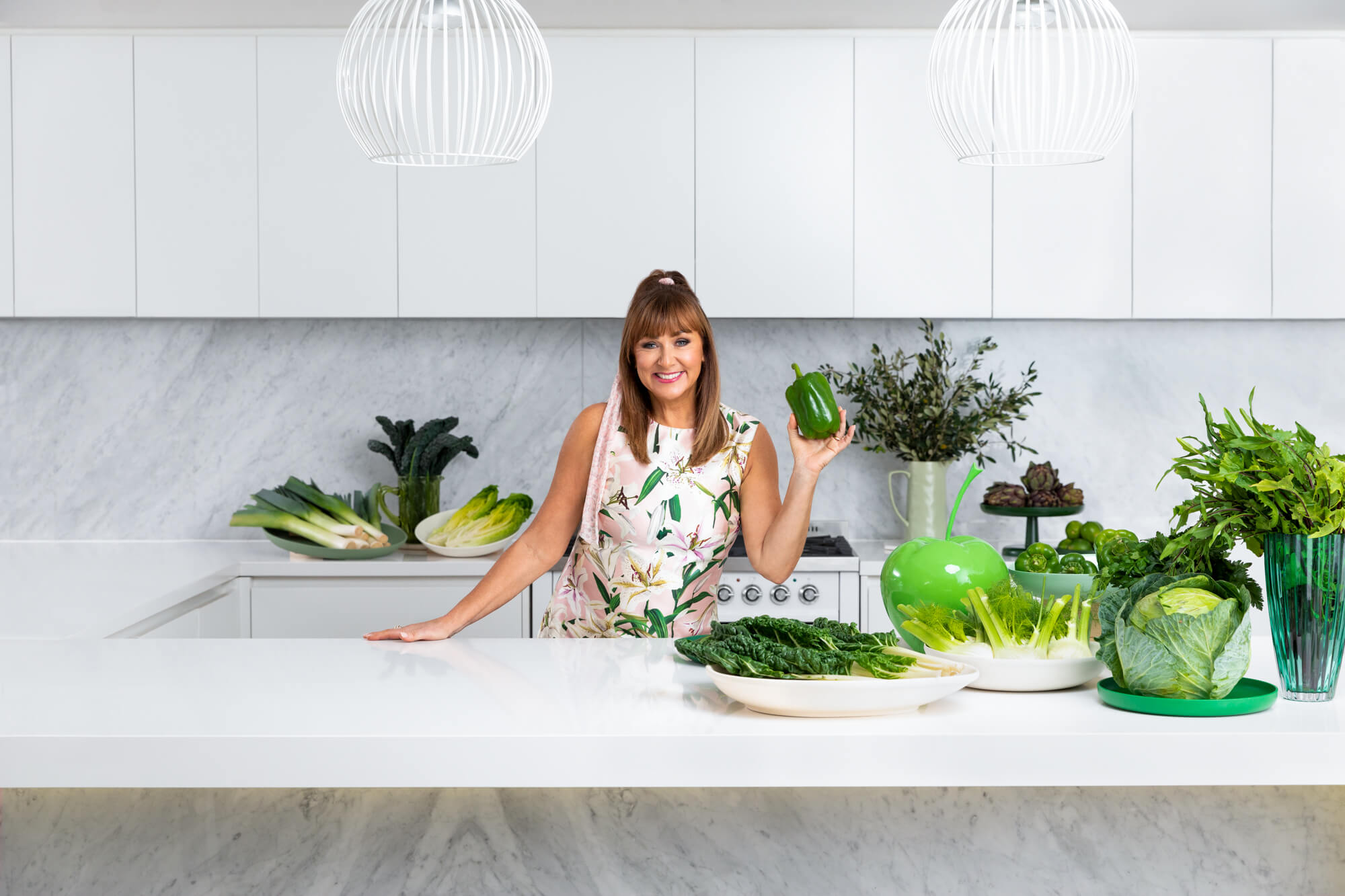

I promise I won’t get too technical when I explain my philosophy of form and function. Basically it’s a design theory that in my work means that form must follow function. I must always think about how a room must function – as a place for sleep, to eat, to cook, to rest… In short, it’s all about balancing practicality with beauty which is one of the things I love the most about designing interiors.
I’m never going to design a living room that has one fancy chair and a lamp and nowhere for a family to really relax together.
In the kitchen, form and function is about the layout, shapes and sizes. In my designs, I always consider the ‘work triangle’, ensuring that you take no more than five steps between the three main work areas to the kitchen, the preparation (sink) the food storage (refrigerator) and cooking (stove/oven). Once that is set, I can have fun with materials, cabinetry etc.
It is all about getting that perfect balance so that, for example, the kitchen space looks utterly beautiful and also functions brilliantly under the pressure of a dinner for 20. For me, form and function is about how I want interior spaces to perform. Don’t choose white carpet for a high-traffic staircase, it might look great when first laid but it is just not going to work out from a practical perspective.
TIPS
- In a nutshell, form follows function defines the relationship between the form of interior and its function or purpose. They are interdependent in a good design.
- When planning essential areas of the home, e.g. staircases, kitchens, bathrooms, always apply the form follows function rule.
- Remember that functional spaces add value to a home (both financially and socially).

